Evaporites are water soluble mineral salts that form through the evaporation and concentration of salt water. Evaporite minerals can form huge sedimentary sequences, a remnant of the inland seas and marine environments that created them.
Ore Minerals
Currently, the most valuable evaporite mineral is Sylvite, also known as Potash, or potassium chloride. It is used as a fertilizer ingredient and is an important plant nutrient.
Gypsum (calcium sulfate) is also an important evaporite mineral and is primarily used to make building materials such as drywall. Technically gypsum is the name of hydrated form of the mineral anhydrite, but gypsum is a common name for both.
Halite (sodium chloride) is what one normally thinks of as “salt” and has been an important commodity for millennia. Halite is used as a food additive and for managing ice on roads.
Formation
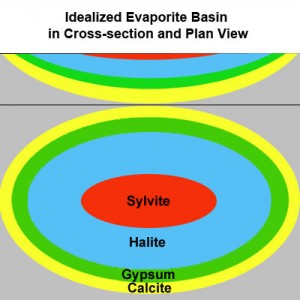
There are a number of models that explain the formation of sedimentary evaporites. In the idealized model (pictured right) of an evaporating closed basin, it has been shown that the mineral salts are deposited in a predictable “bullseye” pattern: Certain minerals are preferentially precipitated as the basin dries starting with calcite and ending with sylvite. Large thick salt beds, like the potash deposits of western Canada and Russia, are thought to have formed in semi-closed marine systems where the influx of new sea-water allowed for a prolonged period of evaporation and salt formation.
Exploration and mining
One of the main methods of identifying evaporites in the subsurface is with the use of seimic surveys, usually as a by-product of petroleum exploration. Seismic geophysics is used heavily in oil exploration and salt deposits contrast very well in these surveys.
In addition to being a “by-product” of petroleum exploration, “Salt domes” in sedimentary basins can serve as traps for petroleum deposits and companies exploring for petroleum will often employ seismic surveys to identify these potential traps.
Depending on the depth of the deposit, evaporites may be mined from open pits or in undergound mines. In-situ leaching, or “solution mining” may also be used since the soluable salts can be easily dissolved in solution and transported to the surface.
Important Deposits
The potash deposits of the Western Canadian Sedimentary Basin, specifically in Saskatchewan, are the largest in the world.
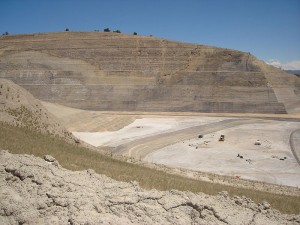
Potash Corp. is the largest producer with 5 mines in Saskatchewan and one in New Brunswick, Canada. Potash is also being extracted from the waters of the Dead Sea.
While gypsum deposits are found all over the world, the United States is the largest producer of gypsum, followed by Iran and Canada.
Salt (halite) deposits are also found worldwide, though mostly in the northern hemisphere. The largest producer is the United States. Current salt production comes not only from mining, but from the solar evaporation of salt water.

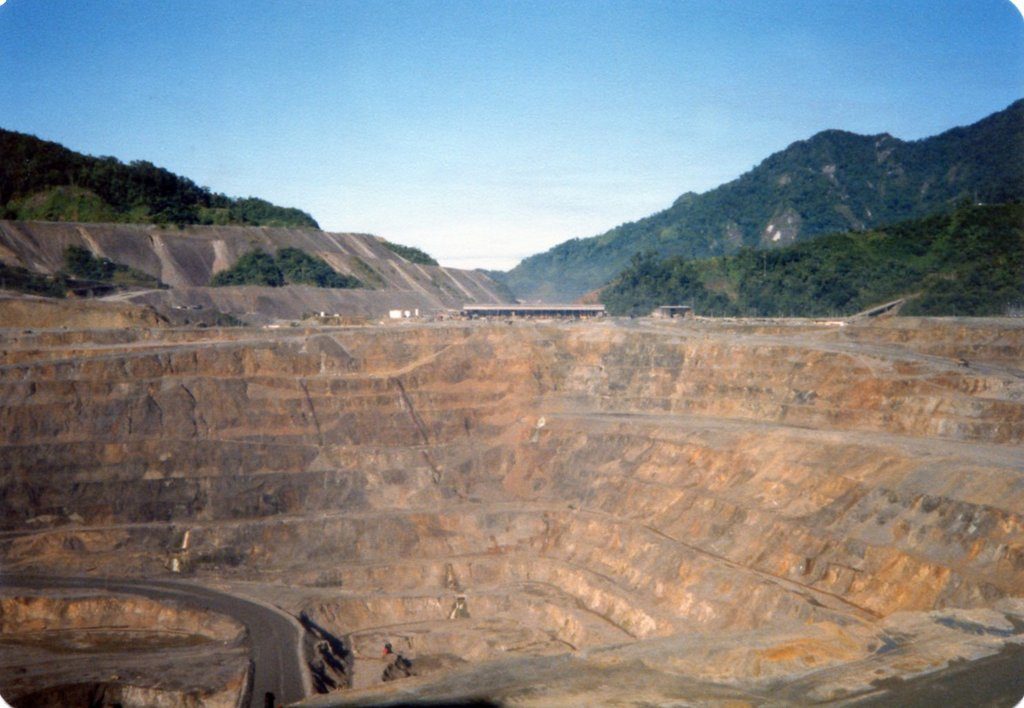
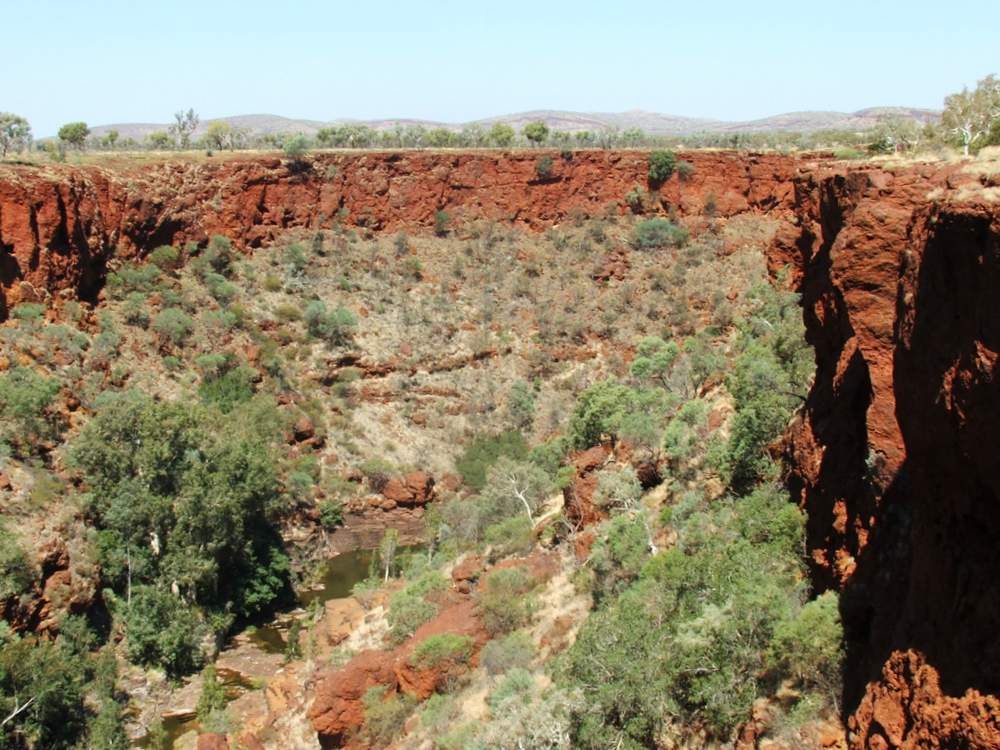
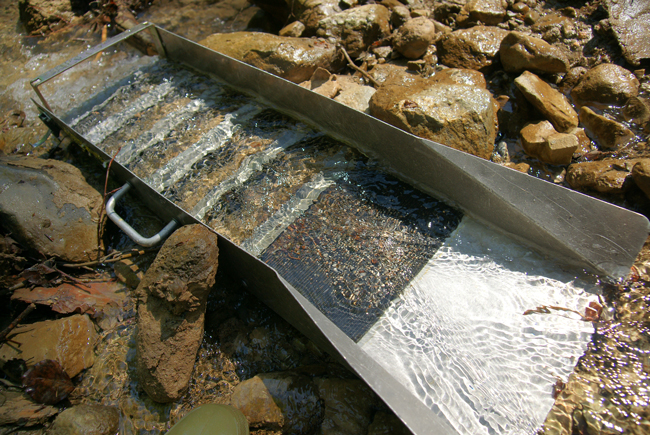
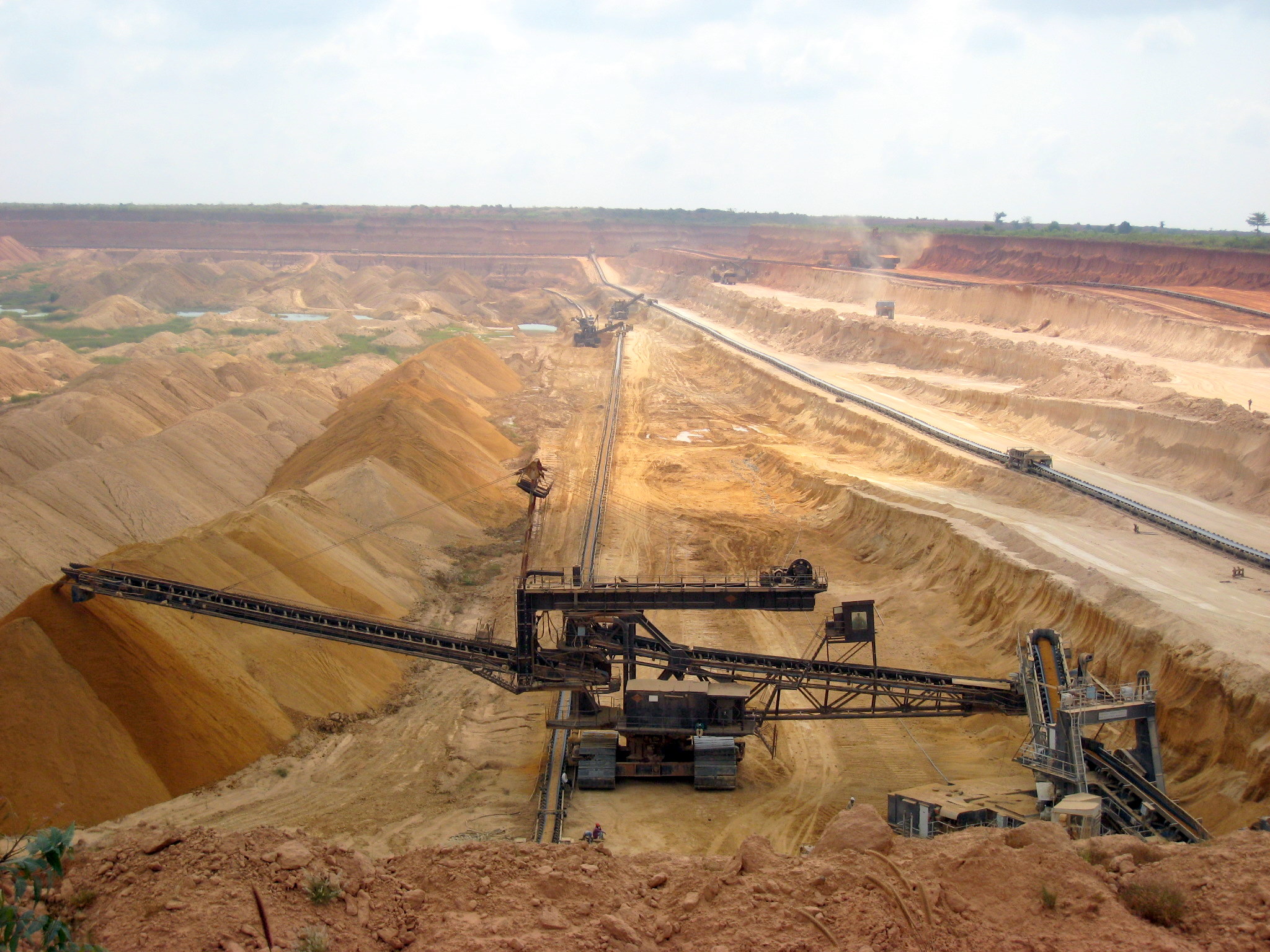
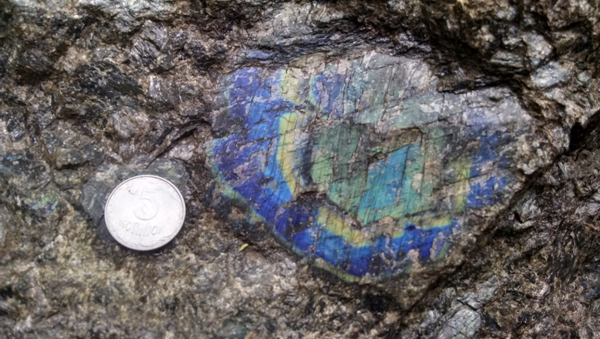

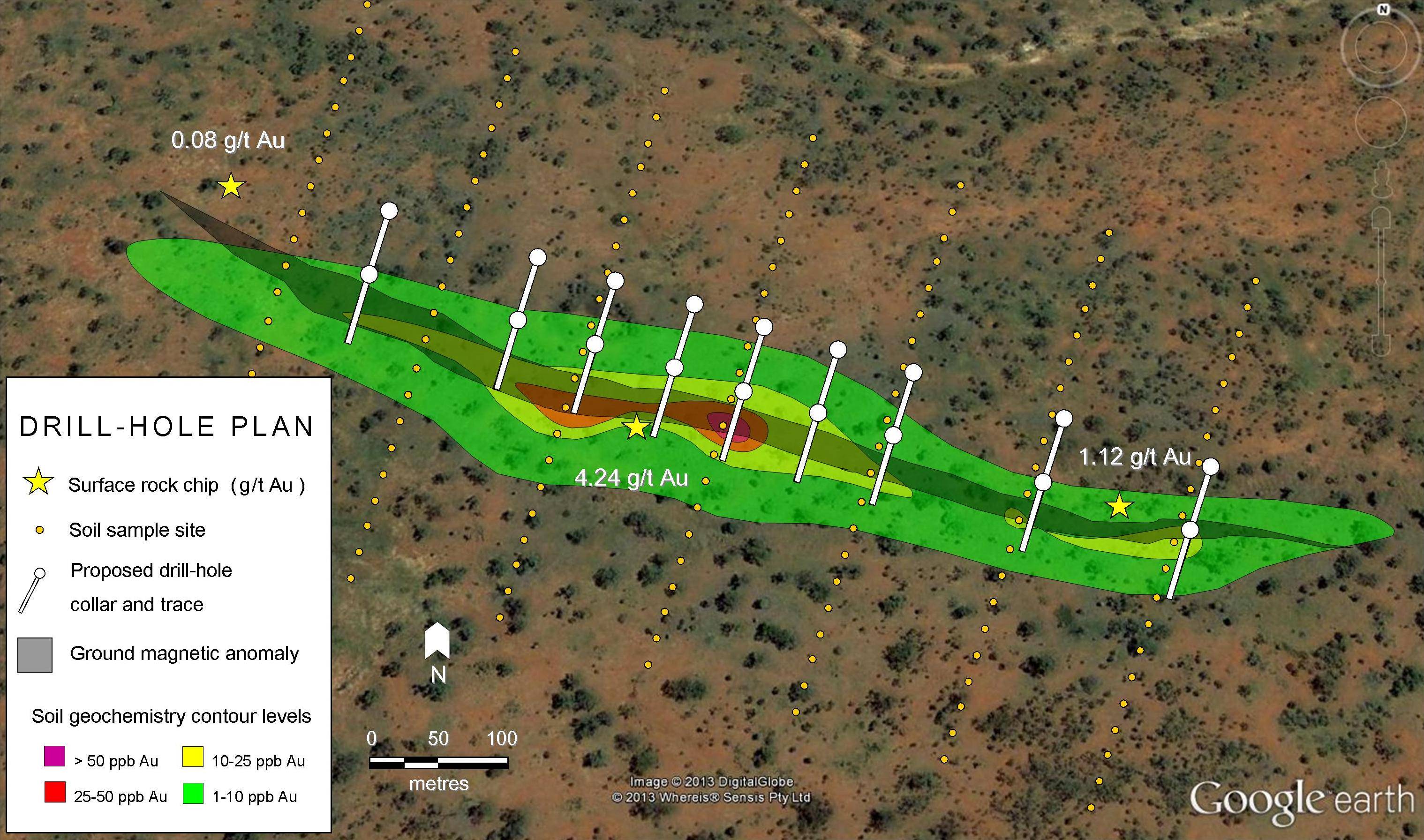
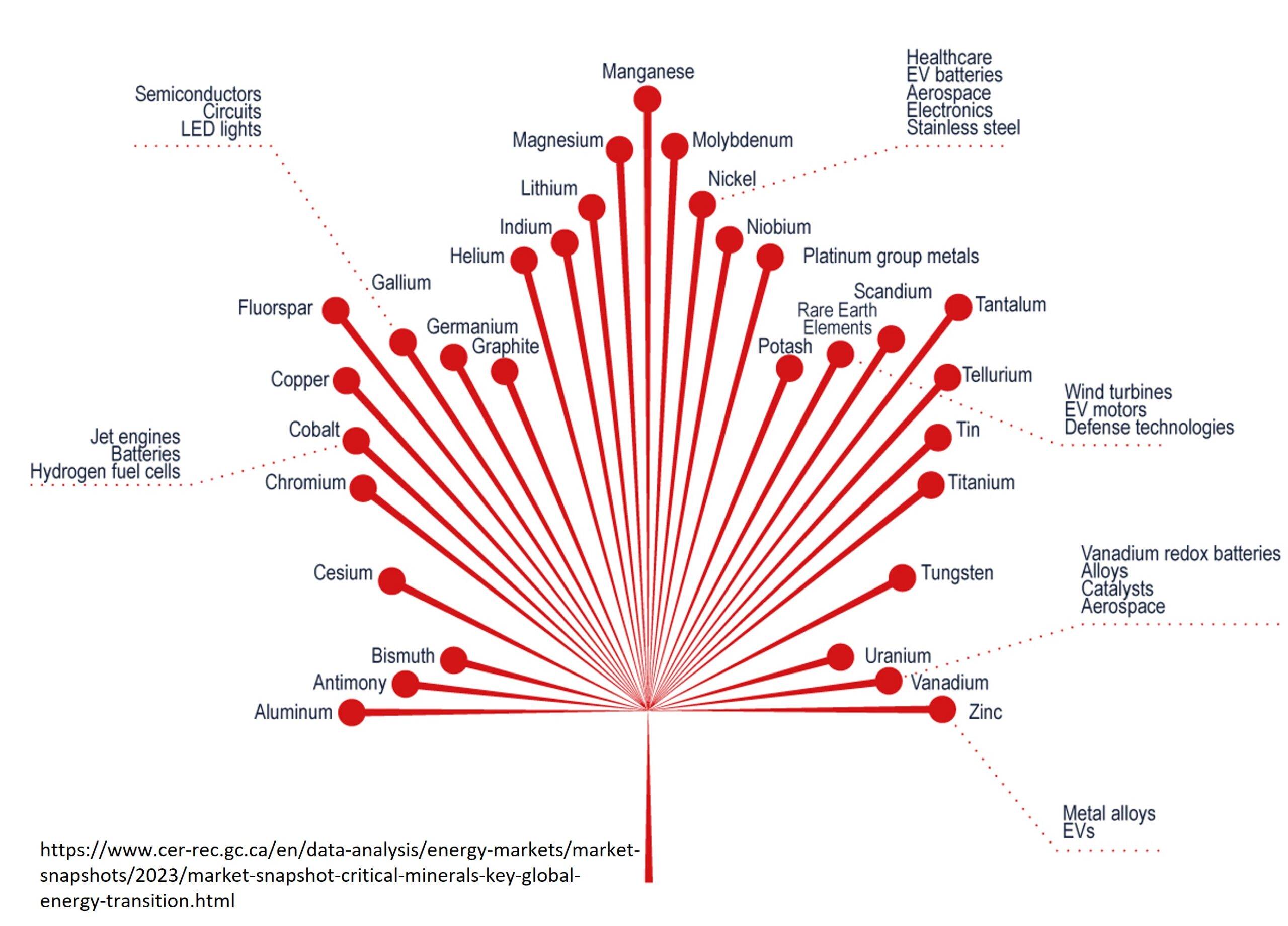
Pingback: Review of “Red Moon Potash: Drill Results Extend Salt/Potash Deposit” | Geology for Investors